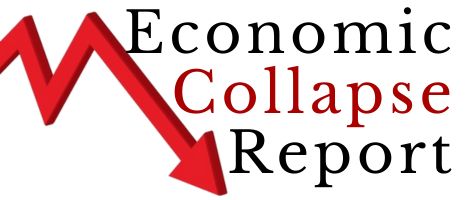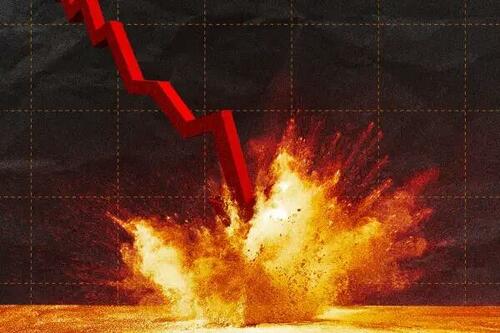Markets don’t crash when everyone’s in full-blown panic? they crash when the headlines and data are reassuring, analysts are confident in ever-higher profits, and complacency reigns supreme, evidenced by record-high household allocation in stocks and bullish sentiment readings.
Markets crash after a brief bit of panic selling is immediately bought and markets are returned to a permanently high plateau of valuation as we saw in August, as the S&P 500 shot back up within a whisker or two of all-time highs. Punters buy every dip because this quick reaction to any drop has been richly rewarded for 15 years, and everyone has confidence in the Fed Put , ie the belief that the Fed will move Heaven and Earth to restore “market confidence” and the wealth effect .
In other words, market participants have embraced moral hazard : there is no real downside, there is only upside to buying every dip.
Markets crash when the rot beneath the surface is invisible or goes unnoticed. The few doom-and-gloomers who note extremes are immediately mocked off the stage, and the headlines tout the resilience of the economy, markets, employment, profits, and the techno-wonders heading our way.
After the crash nobody predicted, analysts swarm like ravenous locusts to the digital airwaves to lay claim to their prescience: look, look, I added a one-line disclaimer about “irrational exuberance” at the end of my report!
I’ll spare you the analog charts and go right to the chase: the Oasis Indicator , brought to our collective attention by Joe Sullivan-Bennett via BondVigilantes.com: The Peculiar Relationship Between Oasis & Periods Of Extreme Market Volatility (Zero Hedge). (Fun fact: Before Oasis Wonderwall , there was George Harrison’s 1968 soundtrack LP Wonderwall .) […]
— Read More: www.zerohedge.com

